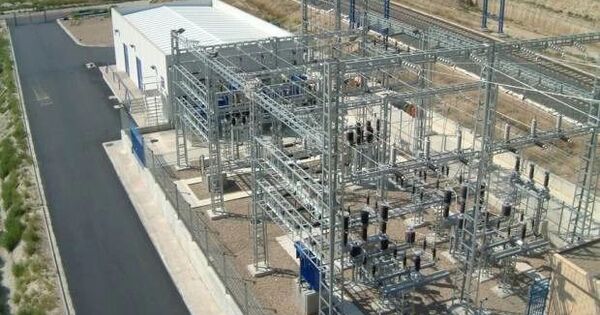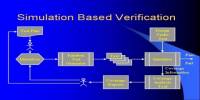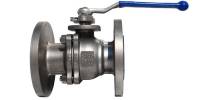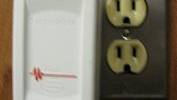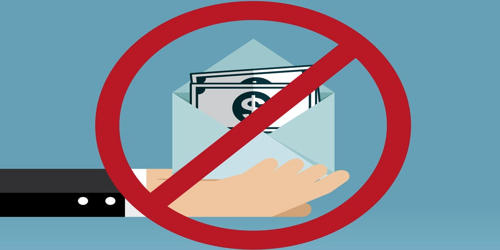A traction substation, also known as a traction current converter plant, rectifier station, or traction power substation (TPSS), is an electrical substation that converts electric power from the form provided by the electrical power industry for public utility service to the voltage, current type, and frequency required to supply traction current to railways, trams (streetcars), or trolleybuses. It is a critical component of an electrified train network.
Its major duty is to convert high-voltage alternating current (AC) from the power grid to the voltage and frequency required to run trains. These substations are critical in providing electrical power to overhead lines or third rails, which then supply electricity to locomotives or electric multiple units (EMUs).
Traction substations are normally made up of transformers, rectifiers or inverters (depending on whether the trains use DC or AC power), switchgear, and control systems. They are strategically situated along the railway network to ensure that power is efficiently distributed to trains across the system.
Conversions
These systems can be used to convert three-phase 50 Hz or 60 Hz alternating current (AC) for the supply of AC railway electrification systems at a lower frequency and single phase, as many older systems do, or to rectify AC into direct current (DC) for those systems (primarily public transit systems) that use DC for traction power. To produce the necessary DC voltage, the local utility’s three-phase voltage is stepped down and rectified in the traction substations.
Traction substations’ design and capacity vary depending on the size of the railway network, the frequency of train operations, and the power requirements of the trains. Modern traction substations often incorporate advanced technologies for monitoring, control, and automation to optimize energy efficiency and ensure reliable operation of the railway electrification system.
Application
A traction substation’s principal function is to provide electrical power to the overhead wires or the third rail, which is subsequently picked up by the train’s pantograph or other current collection equipment. This electricity is utilized to propel the train, run onboard systems, and provide amenities to passengers.
Traction substations are strategically situated along the railway network to guarantee that trains receive uninterrupted power supply during their travel. They come fitted with transformers, switchgear, circuit breakers, and other power distribution and control equipment. They may also contain other power quality improvement technologies, including as reactive power compensation and harmonic filtering, to ensure that the railway system operates smoothly and efficiently.
Overall, traction substations play a crucial role in enabling the efficient and reliable operation of electrified railways, contributing to the sustainability and modernization of transportation infrastructure.
